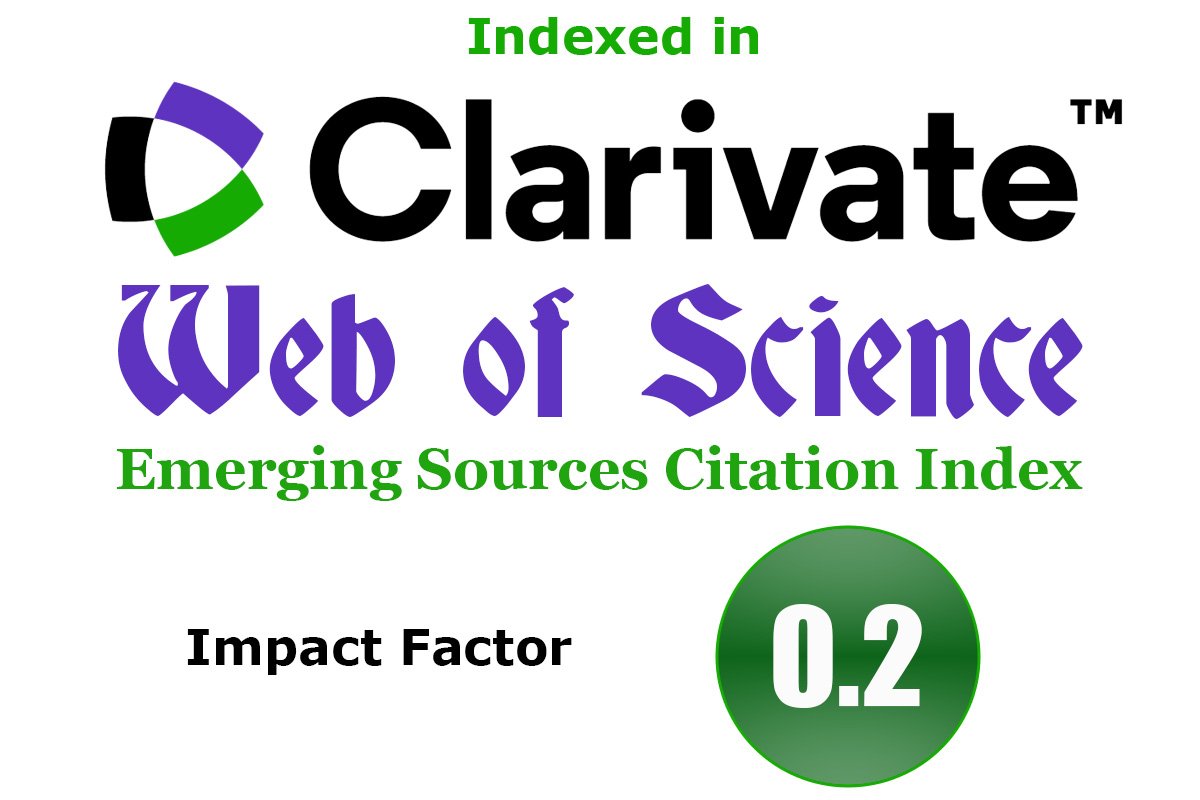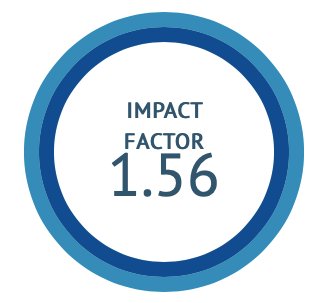Dietary Vigilance Depicted by Priya Nighantu: A Portrayl
DOI:
https://doi.org/10.47552/ijam.v16i1.5356Keywords:
AYUSH AHARA, Diet, Health, Pharmacovigilance, SDG:3, Well-beingAbstract
Ayurveda prioritizes diversified aspects of dietetics and nutrition. It elaborates therapeutic potential at the same time provided cautions its use. The recent surge in non-communicable diseases and global strategies for its prevention has drawn attention of world towards AYUSH. Ayusha Ahara provides a promising solution for promotion and preservation of health. However, precautions for regular consumption or overconsumption of certain ingredients are neglected which leads to development of various disease. Priya Nighnatu, is latest lexicons have discussed presently used dietary ingredients and recipes. Present review was done by meticulous review of diet explained by Priya Nighantu for pharmacovigilance concern. Out of total 722 reviewed dietary ingredients; 76 diets are reported for its effect on vitiation of Dosha (Vataprakopaka: 16; Pittaprakopaka: 10; Kaphaprakopaka: 24; Vata-kapha prakopaka: 6; Pitta-kapha prakopaka: 16; Vata-pitta prakopaka: 2, Tridoshaprakopaka:2), 26 diets reported for having vigilant action on Dhatu (Rasa: 3, Rakta:2, Mamsa: 1 and Shukra:20) and 78 diet vitiates Mala (Purisha:52, Mutra:24, Sweda: 2) in certain way. Apart from these, diet which affects organs and central nervous system are 19 and 8 in number respectively. The data has been presented in pictorial for easy capture and understanding of readers along with evidence based discussion. Priya Nighantu in toto have forwarded cautions and vigilance of 207 diets; if consumed on regular basis. A proactive approach towards these data will help practitioners, dietician, nutritionist and researchers to understand AYUSH Ahara, its therapeutic and vigilant application.
Keywords: AYUSH Ahara, Diet, Health, Pharmacovigilance, SDG:3, Well-being
Downloads
Published
How to Cite
Issue
Section
License
Copyright (c) 2025 International Journal of Ayurvedic Medicine

This work is licensed under a Creative Commons Attribution-NonCommercial-ShareAlike 4.0 International License.
The author hereby transfers, assigns, or conveys all copyright ownership to the International Journal of Ayurvedic Medicine (IJAM). By this transfer, the article becomes the property of the IJAM and may not be published elsewhere without written permission from the IJAM.
This transfer of copyright also implies transfer of rights for printed, electronic, microfilm, and facsimile publication. No royalty or other monetary compensation will be received for transferring the copyright of the article to the IJAM.
The IJAM, in turn, grants each author the right to republish the article in any book for which he or she is the author or editor, without paying royalties to the IJAM, subject to the express conditions that (a) the author notify IJAM in advance in writing of this republication and (b) a credit line attributes the original publication to IJAM.




